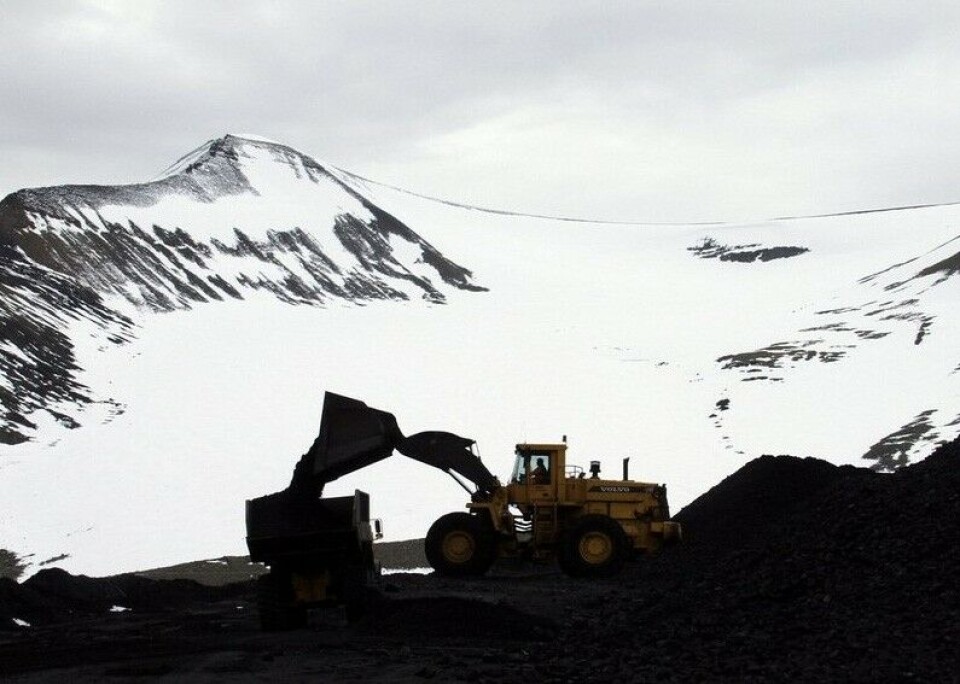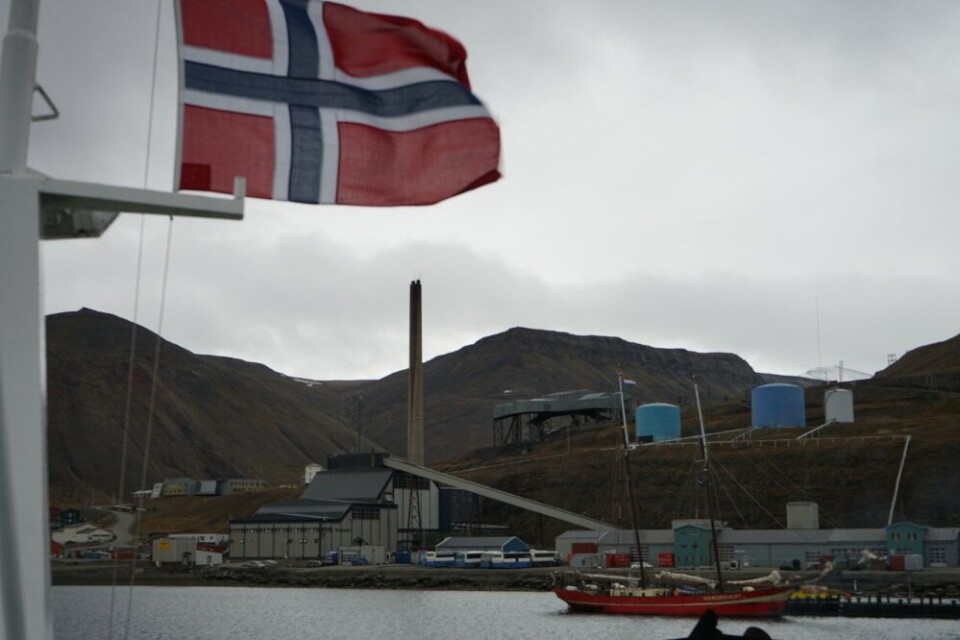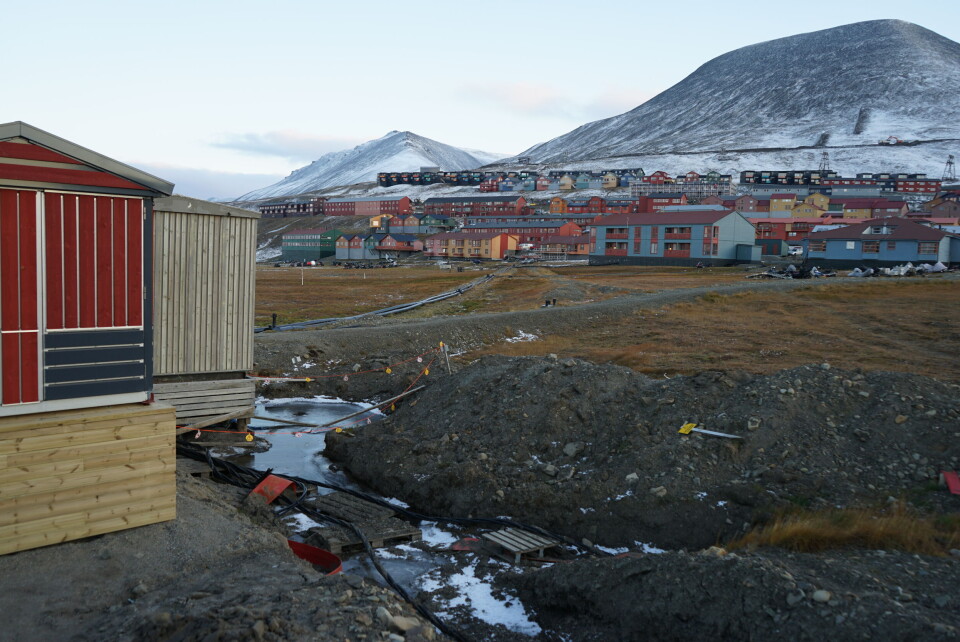
Climate change hits back, Svalbard coal mine flooded by melting glacier
After days with record heat at Svalbard, the penetration of water from the above melting glacier is now flooding Norway’s only operating coal mine that supplies the country’s only coal-power plant.
Large water penetration in Gruve 7 (Mine 7) was discovered on Sunday July 26 during a routine inspection, the Store Norske mining company informs.
The day before, a record heat of 21,7°C was measured in Longyearbyen, the highest temperature ever measured so far north in the European Arctic.
Mine 7 is located some 15 kilometers southeast of Longyearbyen and is the only remaining Norwegian operated coal mine on the Arctic archipelago. The mine supplies the local coal-power plant with about 30,000 tons of coal annually, while another 80,000 tons are exported to customers in the European metallurgical and chemical industry.
The mountain above the mine is covered by a glacier and it is melting water from this glacier that now penetrates through the rocks into the mine.
Extra pumps are installed, but has so far not been able to remove more water than is coming in, the company explains. New pipes are put in place and more pumping capacity is brought in.
“We are also working on trying to get an overview of the equipment we can expect to have been destroyed and therefore need to be replaced before operations can start again,” says mining chief Per Nilssen. He says it is too early to tell when coal mining can start again.
Operations were currently on a pause due to the coronavirus situation, a halt in mining supposed to last until August 17. The pause is now likely to be prolonged, the mining company informs.
Store Norske is owned by the state. Norway has for years been criticized for the paradox of mining coal and supplying electricity from a coal power plant to the town of Longyearbyen at the place on earth where temperatures are rising most due to climate changes.

Since the 70s, the annual average temperatures have risen by 4°C at Svalbard, with winter temperatures rising more than 7°C, as previously reported by the Barents Observer. A climate report released last year warns that annual average temperatures could increase with up to 10 degrees Celsius by 2100.
This is not the first time climate changes troubles human activities on Svalbard. The Global Seed Vault, where some 45,000 international varieties are stored deep into what originally was believed to be safe permafrost, was recently forced to rebuild its entrance.
Climate change caused more snow and rain and the entrance was flooded several times. During reconstruction, the ground around the new waterproof entrance is artificially frozen to avoid further erosion.
In the town of Longyearbyen is houses sagging due to unstable ground as the permafrost melts. About 250 homes will have to be torn down and new buildings are built on steel pillars and sensors are placed in the ground to measure how the steel constructions impact the permafrost.


















